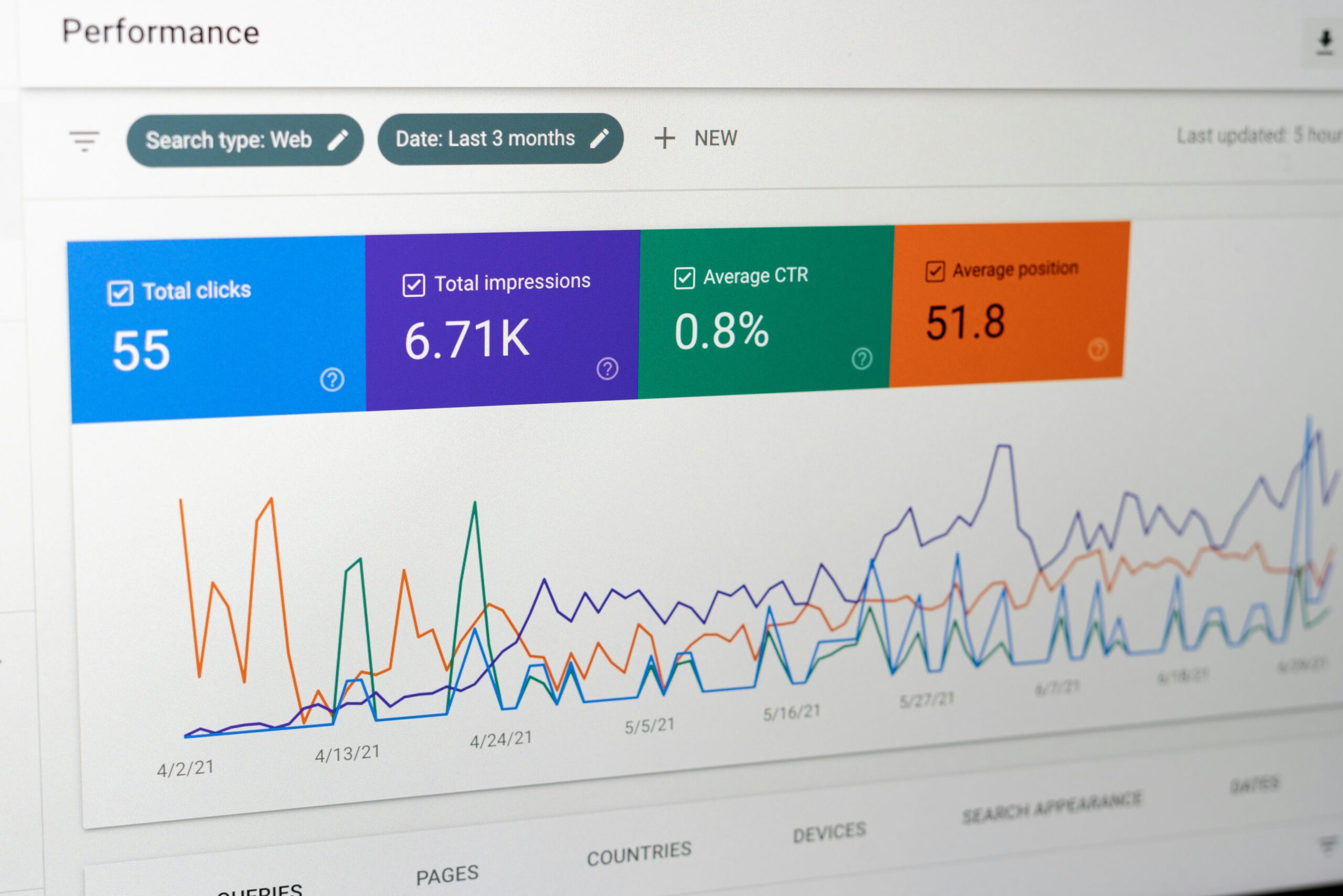Stop Guessing Shipping Zones: Map Your ‘True’ Customer Radius
October 31, 2025 | by qqvmedia.com


The Problem with Flat Nationwide Shipping Rates
Many new business owners often gravitate towards flat nationwide shipping rates, under the impression that this strategy streamlines their logistics and provides straightforward pricing for customers. While the intentions behind this approach may be noble, the reality can be detrimental to both the business and its customer base. Implementing flat rates can result in significantly reduced profit margins, particularly for orders that originate from distant locations.
For instance, consider a small e-commerce business selling handcrafted goods at a fixed shipping rate of $10, irrespective of the destination. A customer from a nearby city may find this charge acceptable, but a customer located across the country may feel they are being unfairly penalized. This disparity can create tension and dissatisfaction, leading to potential loss of future sales from those affected customers. In addition, the business may be forced to absorb the higher shipping costs, further straining its financial resources.
Moreover, flat-rate shipping often fails to account for the diverse logistics challenges that arise from route variations and carrier expenses. This one-size-fits-all approach may seem beneficial initially; however, it does not consider geographical differences and the varied costs associated with shipping to different locations. As a result, businesses with heavier reliance on flat rates may struggle to maintain competitive pricing in the long run, ultimately affecting their market position.
Furthermore, relying so heavily on flat-rate models can also diminish the incentive for exploring more cost-effective shipping options, such as regional carriers or zone-based pricing. As the needs of customers evolve and the logistics landscape becomes more complex, flexibility in shipping strategies becomes critical. In summary, while flat nationwide shipping rates may appear to simplify logistics at first glance, they often lead to complications that negatively affect profitability and customer satisfaction.
Analyzing Customer Data: Creating a Heat Map
Understanding where customers are located is essential for businesses looking to optimize their shipping costs and improve overall logistics efficiency. One effective method to visualize customer distribution is by creating a heat map using order data. This approach allows businesses to clearly see geographic trends in customer orders, thus facilitating better decision-making regarding shipping zones.
The first step in this process involves exporting order data from your sales platform. Ensure you include essential information such as order date, buyer zip codes, and any other relevant customer demographics. Once you have this data, the next step is to organize it in a spreadsheet format, which will make it easier to manipulate and analyze.
After organizing your data, you can plot it on Google Maps to create a comprehensive heat map. Begin by inputting buyer zip codes onto the map, focusing particularly on the last 30 days of orders. This time frame will provide you with a realistic representation of current buyer behavior and allow you to visualize which areas generate the most sales. Google Maps has built-in tools that can help you create a heat map by evaluating the density of the plotted points, enabling you to identify customer hotspots quickly.
When crafting your heat map, accuracy is paramount. To ensure the map is representative, double-check the zip code data against any previous analyses or customer feedback. Keep in mind factors such as seasonal variations in buying patterns or special promotions that may affect geographic distribution. By leveraging this visual representation of customer locations, businesses can make informed decisions about shipping zones, ultimately enhancing their logistics efficiency and customer satisfaction.
Defining Custom Shipping Zones
Creating custom shipping zones is essential for businesses seeking to optimize their logistics and improve customer satisfaction. Based on the insights gained from heat map analyses, organizations can categorize their customer base effectively, allowing for more precise shipping strategy development. The segmentation of shipping zones enables businesses to tailor shipping costs according to distance and delivery feasibility.
When establishing these zones, it is advisable to implement tiered pricing structures that reflect the shipping distance. For instance, local orders within a 300-mile radius can be offered a shipping option ranging from $0 to $5. This approach not only encourages local purchases but also enhances customer loyalty by providing cost-effective delivery solutions. The mid-range delivery, typically spanning from 300 to 600 miles, can have shipping costs set between $8 to $12, thus balancing value with accessibility. For customers located in far zones, generally beyond 600 miles, a shipping fee of $15 should be considered, taking into account the potential increase in logistics costs.
In designing these custom shipping zones, it is crucial to find a balance between cost-effectiveness and customer satisfaction. Pricing should be competitive without undermining the profitability of the business. Furthermore, transparency in shipping pricing plays a vital role in maintaining customer trust and fostering positive shopping experiences. Clear communication regarding shipping zones and associated costs ensures that customers are well-informed, making them more likely to complete their purchases. Consequently, by using heat map data to define custom shipping zones, businesses can create tailored delivery frameworks that cater to their clientele while optimizing operational efficiency.
Incentivizing Local Buyers with Shipping Strategies
Establishing custom shipping zones is a critical first step for businesses looking to enhance their local reach and boost sales. Once these zones are in place, it becomes essential to incentivize local buyers to leverage them effectively. One proven strategy involves implementing zone-specific free shipping thresholds that encourage customers to increase their order sizes. By setting a minimum purchase amount for free shipping, businesses can not only attract more local buyers but also enhance their average order value.
Another effective tactic is to use targeted marketing campaigns to promote these shipping benefits. This can be achieved through email newsletters, social media posts, and localized advertisements that highlight the advantages of shopping within their geographical radius. Emphasizing the cost savings and convenience of localized shipping can resonate well with customers, prompting them to take advantage of such offers. By showcasing testimonials or customer stories that underline positive experiences, businesses can build trust and foster a deeper connection with their local audience.
Integrating time-limited promotions can further amplify the appeal of these shipping strategies. For instance, offering free shipping for a limited period or during special events can create a sense of urgency that drives local customers to act quickly. Furthermore, businesses might consider loyalty programs that reward repeat local shoppers, thereby reinforcing customer retention and encouraging long-term relationships.
Case studies illustrate the tangible benefits that come from these shipping strategies, with many businesses reporting fulfillment cost reductions of 18–22%. Such results highlight the effectiveness of localized shipping incentives in not only stimulating sales but also improving operational efficiency. As companies adopt these strategies, they position themselves to compete more effectively in the marketplace while enhancing customer loyalty and satisfaction.
RELATED POSTS
View all


